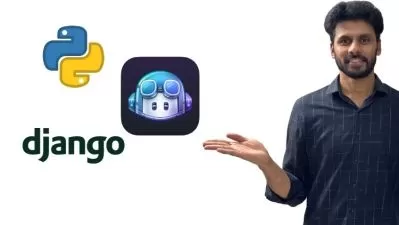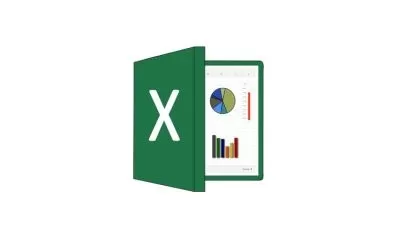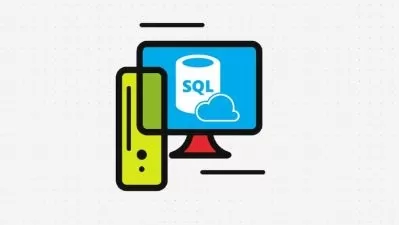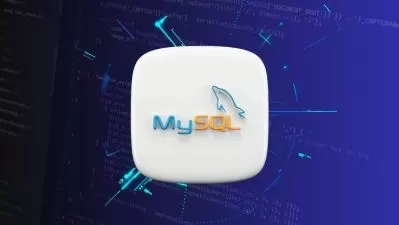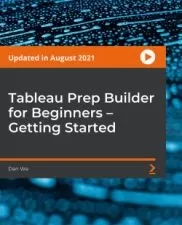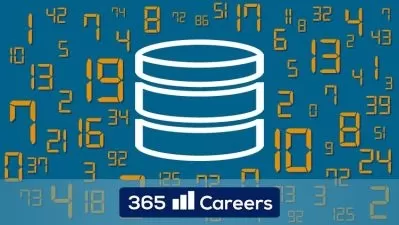Data Analysis & Business Intelligence with MySQL/Python/SQL
Digital Learning Academy
5:39:06
Description
Hands-on Data Analysis & Visualization with SQL and Python
What You'll Learn?
- Write SQL queries to explore and analyse databases with MySQL Workbench
- Learn how to use SQL to extract, sort, filter, and group data quickly and efficiently
- Analyse data across multiple tables with MySQL JOIN statements
- Analyse data and perform calculations using aggregate function
- Analyse data using subqueries
- Analyse data using various functions
- Analyse data using various Operators
- Analyse and manipulate data using Python & Pandas
- Perform data cleaning with Python
- Visualize data with Python
Who is this for?
More details
DescriptionSQL stands for Structured Query Language. SQL lets you access and manipulate databases.
SQL can execute queries against a database. SQL can retrieve data from a database.
Most of the SQL database programs also have their own proprietary extensions in addition to the SQL standard!
MySQL is an open-source relational database management system. MySQL is currently owned by Oracle and MySQL is free and open-sourced under the terms of the GNU General Public License and available under a variety of proprietary licenses.
MySQL is used by many database-driven web applications such as Drupal, Joomla, and WordPress.
You will learn how to write queries in SQL (specifically MySQL) that will allow us to access the data inside a database.
What is Python? Python is a computer programming language often used to build websites and software, automate tasks, and conduct data analysis.
Pandas is a fast, powerful, flexible and easy to use open source data analysis and manipulation tool,
built on top of the Python programming language.
In this course we will query, analyse and retrieve data from a MySQL Database using SQL and also analyse and manipulate pandas data frame with Python and also visualize data. We will also be performing some data cleaning using Python.
Who this course is for:
- Data Analysts
- Business Intelligence Analyst
- Data Scientist
SQL stands for Structured Query Language. SQL lets you access and manipulate databases.
SQL can execute queries against a database. SQL can retrieve data from a database.
Most of the SQL database programs also have their own proprietary extensions in addition to the SQL standard!
MySQL is an open-source relational database management system. MySQL is currently owned by Oracle and MySQL is free and open-sourced under the terms of the GNU General Public License and available under a variety of proprietary licenses.
MySQL is used by many database-driven web applications such as Drupal, Joomla, and WordPress.
You will learn how to write queries in SQL (specifically MySQL) that will allow us to access the data inside a database.
What is Python? Python is a computer programming language often used to build websites and software, automate tasks, and conduct data analysis.
Pandas is a fast, powerful, flexible and easy to use open source data analysis and manipulation tool,
built on top of the Python programming language.
In this course we will query, analyse and retrieve data from a MySQL Database using SQL and also analyse and manipulate pandas data frame with Python and also visualize data. We will also be performing some data cleaning using Python.
Who this course is for:
- Data Analysts
- Business Intelligence Analyst
- Data Scientist
User Reviews
Rating
Digital Learning Academy
Instructor's Courses
Udemy
View courses Udemy- language english
- Training sessions 57
- duration 5:39:06
- Release Date 2023/02/12






![[NEW] Python Bootcamp: Master Python Programming in 2024](https://traininghub.ir/image/course_pic/27719-x225.webp)



